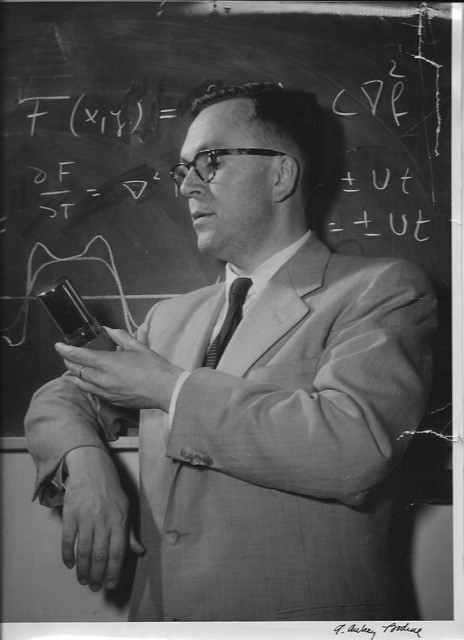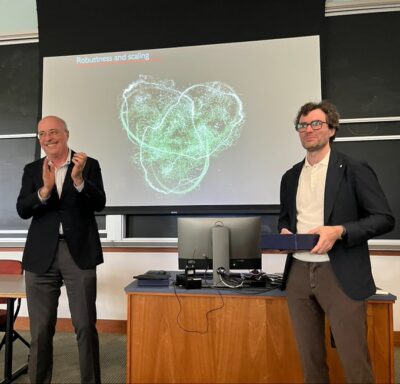Kovasznay Memorial Lecture
About Professor Leslie S. G, Kovasznay
 Professor Leslie S. G. Kovasznay was a world leader in turbulent flow research and technology development, best known for innovative concepts, novel experimental techniques, and crucial measurements. He was the author or co-author of more than eighty papers
Professor Leslie S. G. Kovasznay was a world leader in turbulent flow research and technology development, best known for innovative concepts, novel experimental techniques, and crucial measurements. He was the author or co-author of more than eighty papers
He was born in Budapest on 14 of April, 1918 and earned his doctorate in technological sciences at the Royal Hungarian Institute of Technology in 1943. He stayed on as faculty until 1946 after which he spent a year with GI Taylor at Cambridge University’s Cavendish Lab. He moved to the US in 1947, where he joined the new Aeronautics Department organized by F. H. Clauser at Johns Hopkins University. He remained with the Johns Hopkins faculty for 31 years, before moving to the University of Houston in 1979, where he was Professor of Mechanical Engineering until his sudden unexpected death on 17 April 1980, at the age of 62.
He was a Fellow of the American Physical Society and the American Academy of Arts and Sciences, a Senior Member of the Institute of Electrical and Electronics Engineers, and a Member of the American Institute of Aeronautics and Astronautics, as well as Tau Beta Pi, Sigma Xi, and Phi Beta Kappa. In 1956, he was awarded a Medal of the Université Libre of Brussels and was awarded honorary doctorates by Aix- Marseille University in 1968 and Ninon University in 1977.
Kovasznay contributed to theoretical fluid dynamics with a model for turbulence spectrum that bears his name, with an innovative categorization of gas dynamic fluctuations into vorticity, sound, and entropy modes, stability and magneto-fluid dynamic fluctuations, and exploration of new analytical solutions to the Navier-Stokes equations (the Kovasznay flow to model flow behind a grid). After his arrival at Johns Hopkins, he became a consultant for the National Bureau of Standards, for which he designed an improved hot-wire anemometry electronic system. He developed the first basic procedures for hot-wire anemometers in supersonic flows. In addition to several other developments for hot-wire measurements of turbulent flows, he was one of the first to employ conditionally sampled data to analyze outer intermittency, transition, and detecting of spots. In the 1970’s he focused also on aerodynamic sound generation and interactions of sound and turbulence (with Fujita and C. M. Ho).
He was an avid traveler who rarely turned down invitations to lecture at universities or conferences. His career included several extended visits to France and Japan. A frequent consultant to both industry and government, he also played a pivotal role in organizing international symposia. He leaves behind an enduring legacy of innovation—marked by original ideas, pioneering concepts, and transformative technologies that advanced various fields of science and engineering.
2025 Inaugural Kovasznay Memorial Lecture in Fluid Dynamics

Prof. William T.M. Irvine (University of Chicago) » Brochure


